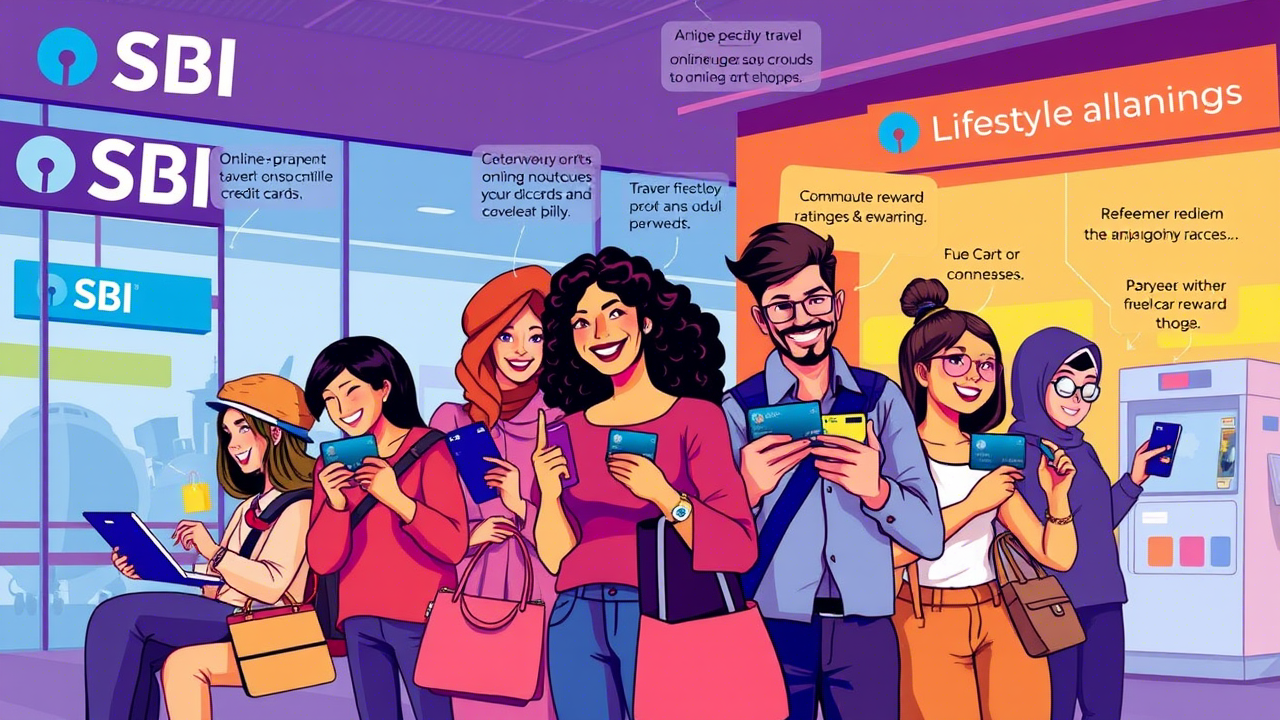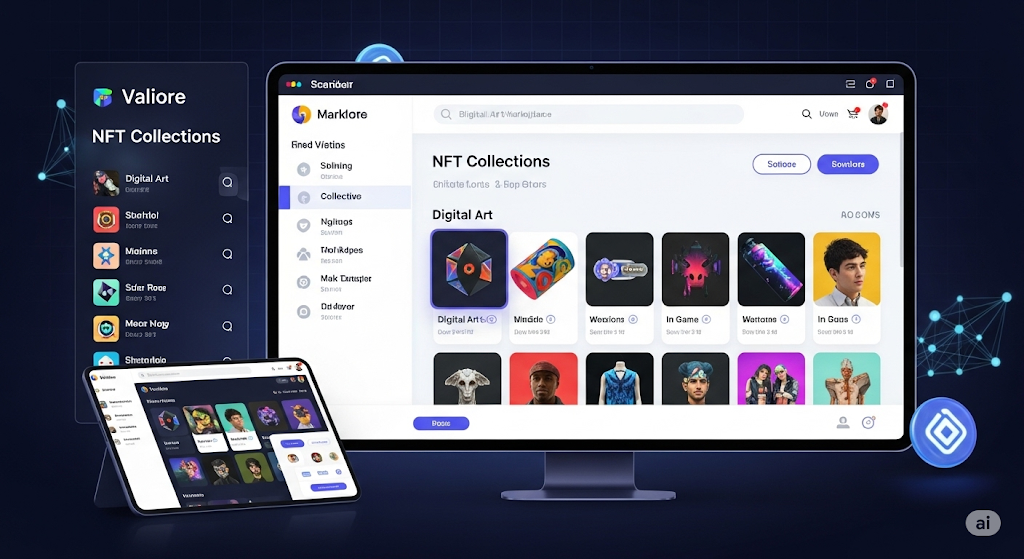Credit cards for students in India are no longer exclusive to working professionals. With tailored options from banks like SBI, HDFC, and ICICI, students can now build financial habits early. This guide outlines 3 proven ways to get the best credit cards for students, even without a steady income or collateral. Whether you’re considering the SBI Student Plus Advantage, HDFC Student, or ICICI Student Credit Card, this guide walks you through who’s eligible, what perks each card offers, and how to plan your finances smartly for the future.
1. Apply Through Banks Offering Student-Specific Credit Cards
Banks like SBI and ICICI offer credit cards designed for students, focusing on affordability and rewards.
Eligibility Criteria
- Age: 18+ years (with parental consent if underage).
- Income Proof: Parents’ income statement or part-time job proof.
- Documents: Aadhaar, PAN, college ID, and bank account details.
Top Options
- SBI Student Plus Advantage Credit Card: Lifetime-free card with cashback on online shopping, dining and No fixed deposit required.
- HDFC Student Credit Card: Fuel surcharge waiver and discounts on educational apps.
- ICICI Student Credit Card: Reward points for retail purchases and travel.
2. Leverage Digital Platforms for Instant Approval
Fintech apps and digital wallets simplify credit card access for students.
How It Works
- Prepaid Cards: Load money onto a virtual card (e.g., Jupiter, FamPay) for contactless payments.
- Credit-Linked Accounts: Apps like LazyPay or PayLater offer credit limits tied to your spending habits.
Benefits
- No Annual Fee: Many platforms offer zero joining or renewal charges.
- Instant Approval: Funds disbursed within minutes after KYC verification.
Example: A student in Mumbai uses the HDFC Student Credit Card via their mobile app to earn cashback on book purchases.
3. Build Credit History Through Family Members
Students with no credit background can build their score by being added as an authorized user on a parent’s or sibling’s credit card.
Steps to Follow
- Ask your parent or guardian to include you as an authorized user on their credit card.
- Use the card responsibly to build a positive credit score.
- Transition to an independent card once your credit profile strengthens.
This method avoids the need for a fixed deposit (FD) and helps access premium cards like the ICICI Student Credit Card later.
The Importance of Financial Discipline
From my experience, financial discipline starts early. Even as a student, I suggest investing 3% of your monthly earnings from day one of your first job. This small habit, continued until age 60, can grow into significant wealth. For example:
- Scenario: A student earns ₹10,000/month by side hassle, saves ₹300, and invests it in index funds yielding 12% annual returns.
- Result: By age 60, this would grow to ₹75 lakh, covering future loan EMIs or emergencies.
Linking credit card usage to long-term goals—like building a credit score—ensures you’re prepared for larger financial commitments later.
Also Read | Guruji Student Credit Card | How to Get Faster Approvals
FAQs
Q: Which credit card is best for students?
A: The SBI Student Plus Advantage Credit Card is ideal for lifetime-free usage and cashback offers.
Q: Which credit card provider offers the best options for students?
A: HDFC and ICICI lead in student-friendly features like fuel waivers and reward points.
Q: What does the 2/3/4 rule mean when it comes to credit cards?
A: Maintain at least 2 cards, use 30% of your credit limit, and keep 4 years of repayment history for a healthy CIBIL score.
Q: Can I get a credit card as a student?
A: Yes, via student-specific cards or prepaid cards requiring no FD.
Q: Are there credit cards for 18-year-olds without FD?
A: Yes, platforms like Jupiter offer prepaid cards for minors with parental approval.
Q: Do student credit cards have annual fees?
A: Most, like the SBI Student Credit Card, offer zero annual fees to encourage usage.
Final Thoughts
The best credit cards for students combine affordability, rewards, and credit-building potential. By choosing the right card and practicing disciplined spending, students can lay a strong financial foundation. Remember, I always suggest small habits today—like saving 3% of your income—can transform into lifelong wealth.
About the Author
I’m Om Prakash — founder of Paisagyaan.com, a blog focused on making financial knowledge simple, relatable, and useful for everyday Indians. My journey includes over 10 years of navigating the Indian stock market, learning the hard way about investments, debts, and real estate.
Read About the Author in detail, who lost 75 lakh rupees during 2009 to 2019 which would be 4.5 crore now in 2025.
But here’s what those losses taught me: Financial knowledge matters — deeply, so you don’t repeat my mistakes. If you’re just starting out or have already faced setbacks, this blog is for you for educational purpose and not advice.
Internal Links:
External Links:












Leave a Reply